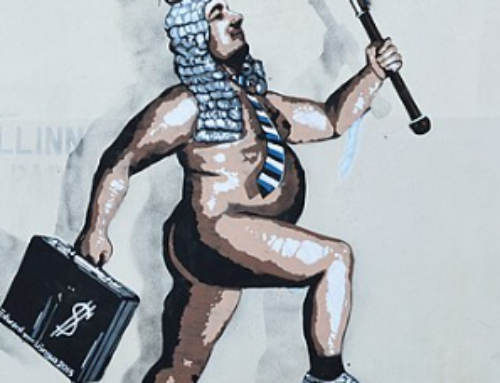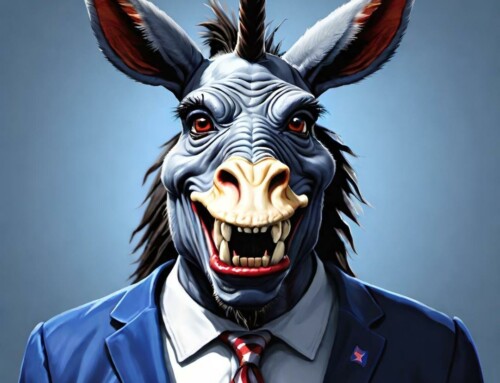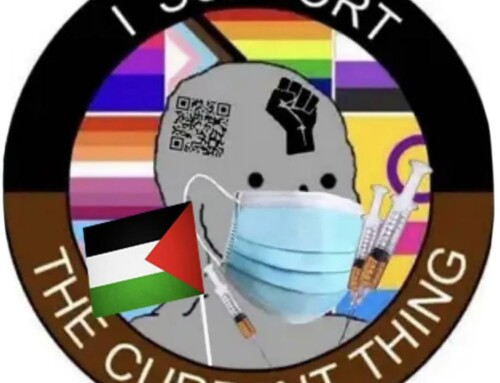Forget the 1619 Project or the 1776 Project. Let’s take a broader, longer look at who we are and where we came from. My proposition is that there are only 4 types of people in the Americas today. This might not sit well with folks who are so caught up in identity politics.
First, the natives. Now commonly referred to as indigenous, these people lived from what is now Canada down to the bottom tip of South America. There were some sophisticated civilizations, some agrarian and some hunter-gatherers. These groups often had religions attuned to natural features and occurrences. They warred over territory, but the idea of “owning” land was not common.
Second, the Conquerors. These people came from European countries such as England, France, Spain, Portugal, and the Netherlands in search of trading routes, natural resources and wealth. They sailed from the East and encountered the indigenous dwellers of this new land, and they eventually drove them further west and decimated their numbers through violence and through sickness they brought from their homeland. If the boats first finding the American continents first came to the western side of the continent, we might all be speaking Chinese, Japanese and Korean.
Third, the indentured and the enslaved. The distinction is one of duration and treatment in the New World. Many white men and their families indentured themselves to conqueror landowners in return for passage from their local famine-hit miserable lives. They often were contracted for a set period of time, after which they would be free to live and work. Black men, women and children were captured and sold (sometimes by other tribes) and shipped over to the new land in order to be sold as a permanent work force. They were seldom freed and their progeny were in turn sold and traded as commodities for generations until slavery was outlawed. Nearly 3 million Asians were imported to the western lands from the mid-1800s through the early 1920s to work as short or long-term laborers.
Fourth, the immigrants. Everyone else who does not fit into one of the other groups will find their place here. Either coming because of religious persecution or for other motives, people from around the globe have settled in the Americas. In many locations where the Conquerors created settlements, additional people from the homelands came over to support the activities of the conquerors and to create new versions of the lands from which they migrated. They brought language, building styles, agriculture from their homes. They renamed rivers, mountains, and other natural sites, echoing their homeland. Their languages became the predominant ones in the area. Thus, Spanish is the most spoken language in the Americas, followed by English and Portuguese. Other common languages in the Americas include: Haitian Creole, French, German, and two indigenous languages: Quechua and Guarani.
Why is this viewpoint important? It better informs us of how the Americas have evolved through time. While some groups are hyper-focused on the history of slavery in the United States, it is important to acknowledge that over one-third of the slaves imported landed in Brazil and most were working the sugar colonies of the Caribbean. Thus, although the United States is admonished regarding the “original sin” of slavery, it was practiced by a number of countries, notably the Portuguese.
So, for instance, when our government grants special status to “Hispanics” they are talking about people sharing a language who came from any of the four groups listed above. Indeed, the term refers to those whose language is derived from Spain, the conquerors. This is not an ethnic group nor a single language speaking people; it contains indigenous who still speak their ancient language, Spanish and Portuguese conquerors, the formerly enslaved, and immigrants to the central and south Americas.
I hope this gives you food for thought as we navigate the current sensitivities to race, color, language, culture and the like. It is never as simple as oppressor/oppressed.





